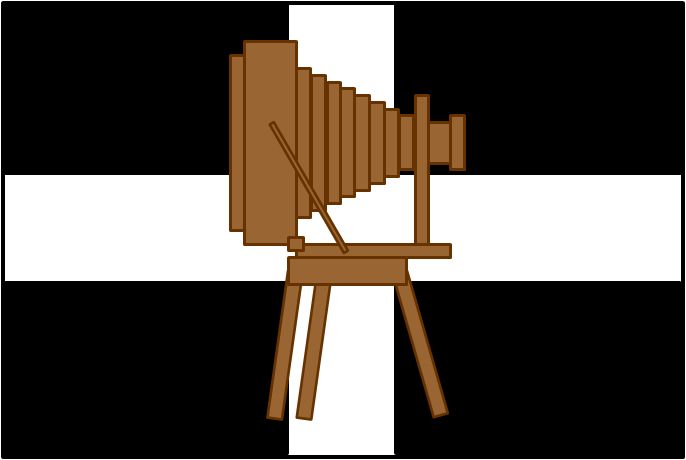Photographs taken 2009 to 2010
Cape Cornwall is the alternative Land's
End. It is far more scenic, if not just as rugged, and has far
more character and associated industrial history, without the theme
park of its neighbour to the south. In some ways with its greater
physical prominence, it is a far more fitting End to the Land. And
it is Cornwall's and England's only Cape, having been named as such,
as it was thought prior to proper surveys, that it was indeed the
furthest point west.

Cape Cornwall as seen from Sennen Cove

Cape Cornwall is now owned by the National Trust. The buildings are
a part of the
old tin mine workings, and the old chimney was also
linked to these, originally for burning off arsenic.
The chimney
has been retained as an aid to navigation.

The Brisons, two miles offshore, or as some have named them,
"Charles de Gaulle in the Bath". A little cruel!

The Cape itself, with the
Cape
Cornwall NCI (National Coastwatch Institution) Lookout below.

Cape Cornwall NCI

The Chimney - on a somewhat blustery day!

Looking south down the coast towards Sennen Cove in the distance. A
remote stretch of coast.
Land's End is beyond the headland out
to the right of the image.

Priest's Cove below Cape Cornwall - no Priests here, just mis-named
on the old OS maps!

There is still a small fishing activity at Priest's Cove

Fishing boats, old fishing huts and sheds, and the slipway at
Priest's Cove

With the full force of the Atlantic out there, best on a calm day!

Nets and old fishing huts - note the turf roofs!

St Helens Chapel or Oratory - one of the first chapels in west
Cornwall. The grave beyond and to the right
is that of Donald
Arthur Payne of Nanpean Farm, who reconstructed the chapel in 1985.















Connect with us, Like us and Follow us on Facebook!
PhotoFile Cornwall supports CoaST and Sustainable Tourism